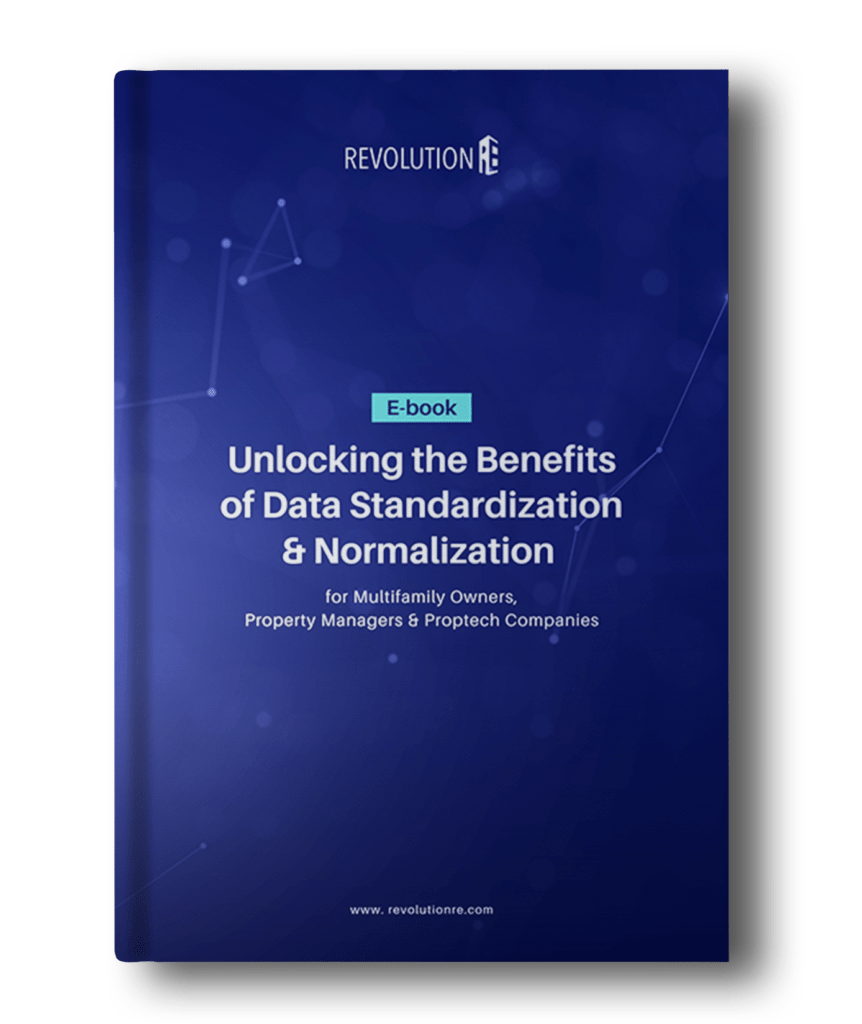Successful implementation of enterprise software has become a defining factor for organizations seeking to stay competitive and efficient. However, selecting the right software is just the beginning, and the journey to effective integration can be fraught with challenges. There are many reasons why companies might shy away from rolling out technologies where the impact to stakeholders is significant. When you add high turn-over into the mix, it equates to an even greater need to focus on training and change management. The following article explores a few key strategies that can help ensure the rollout of enterprise technologies are well-planned and set everyone in the organization up for long term success.
Every successful software implementation begins with a clear understanding of the problem it aims to solve. Multifamily operators must pinpoint specific pain points or challenges within their organizations that can be addressed through technology. This initial step serves as the foundation for the entire implementation process.
A well-defined problem statement is key to this phase. It should articulate the challenge, its impact on the organization, and the desired outcomes. For example, an operator might identify that a problem related to inefficient property management processes is leading to higher operational costs and tenant dissatisfaction. By crystallizing this problem, the organization can focus on finding software solutions that directly address these issues.
Once the problem is defined, it’s essential to identify a dedicated leader within the organization who can champion the solution. This person should be someone who is a dedicated leader who not only embraces new projects, but also ideally has some experience with technology adoption. Since this individual is instrumental in facilitating the software selection process, it is critical they are involved from the very beginning, rather than being brought in after software selection has occurred.
The champion’s early involvement ensures a sense of ownership and buy-in from the start, increasing the likelihood of a successful implementation. Their role extends to presenting their software choice to the entire team, while transparently explaining why they made the selection. This fosters trust among team members and ensures clarity about the software’s value and benefits.
In multifamily real estate, software implementation often involves multiple teams and stakeholders from across the organization. To ensure everyone’s needs are met, it’s beneficial to establish a collaborative selection process. This can be achieved by forming a working group with representatives from each team within the organization.
The working group collectively decides on a common purpose that the chosen technology should serve for their respective teams. They also actively participate in evaluating and ranking available options. This collaborative approach promotes inclusivity and ensures that the software selected aligns with the diverse needs of all teams and stakeholders.
To maintain control over the implementation process, multifamily operators should consider time boxing. This approach involves setting specific, achievable targets and goals, following the SMART framework (Specific, Measurable, Achievable, Relevant, Time-bound). Time boxing prevents unnecessary delays or distractions and allows for better resource allocation.
For instance, a SMART goal might be to reduce response times for tenant maintenance requests by 20% within the first six months of software implementation. This goal is specific, measurable, achievable, relevant, and time-bound, providing clear guidance for the implementation team.
Implementing enterprise software is not merely about installing the system but also ensuring that users are proficient in utilizing it to its full potential. Tracking and measuring training and software performance are essential steps.
Regular assessments, ideally on a quarterly basis, enable management to identify areas for improvement and make necessary adjustments. This ongoing evaluation keeps everyone accountable and encourages continuous improvement, both in software functionality and user proficiency.
The successful implementation of enterprise software in multifamily real estate requires a strategic approach. Identifying the problem, appointing a dedicated champion, fostering a collaborative selection process, time boxing with SMART goals, and ensuring ongoing training and performance tracking are crucial elements of this strategy.
Transparency, ownership, collaboration, and continuous improvement are the cornerstones of this journey. By prioritizing these elements, multifamily operators can effectively roll out new technology solutions across their organizations, ensuring a smooth transition and long-term success. In an industry that thrives on innovation and efficiency, mastering the art of enterprise software implementation is not just a competitive advantage—it’s a necessity. By understanding the importance of these elements and implementing them effectively, organizations can set themselves up for long-term success and position themselves as industry leaders.
We invite you to subscribe to our newsletter for updates and industry news.
